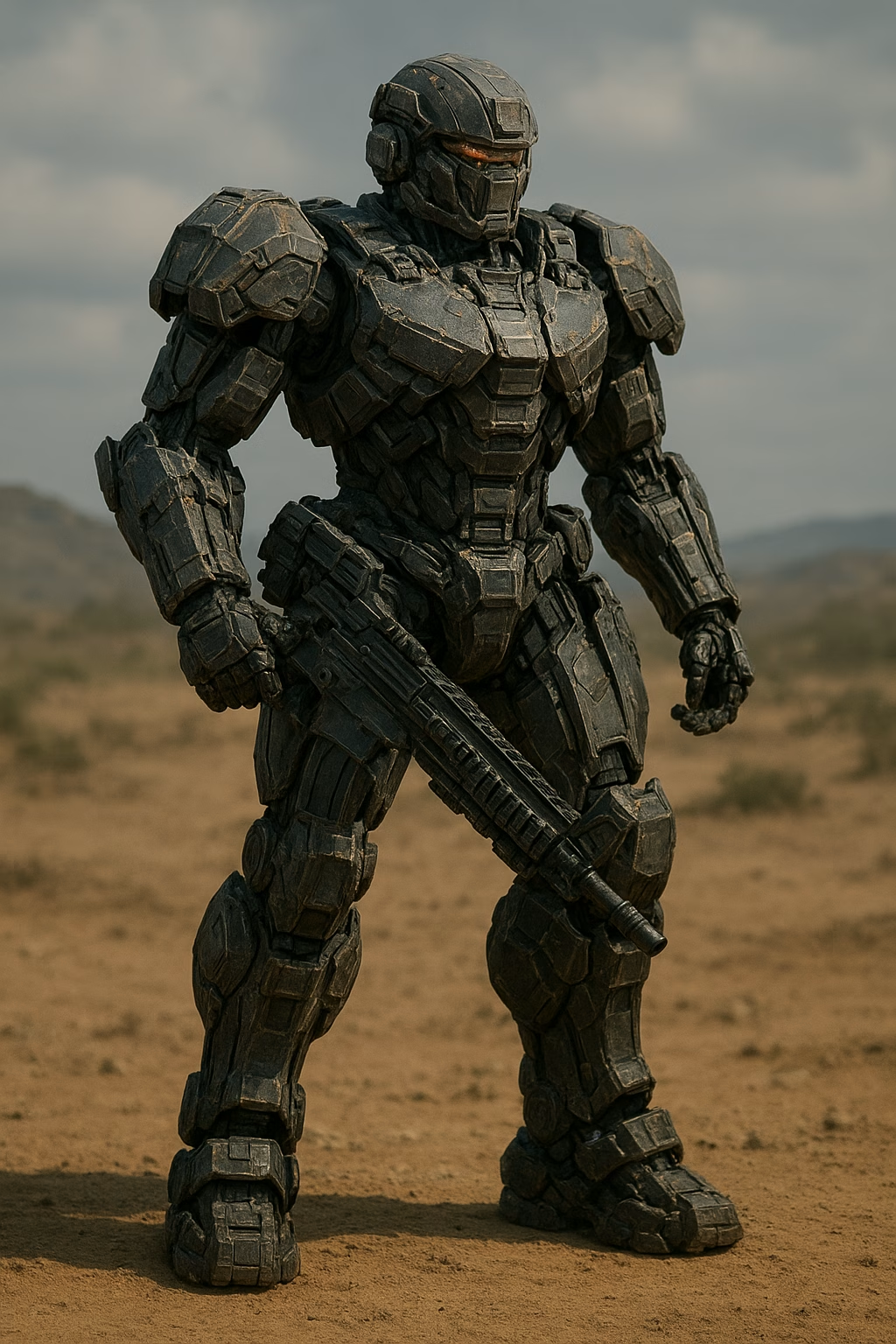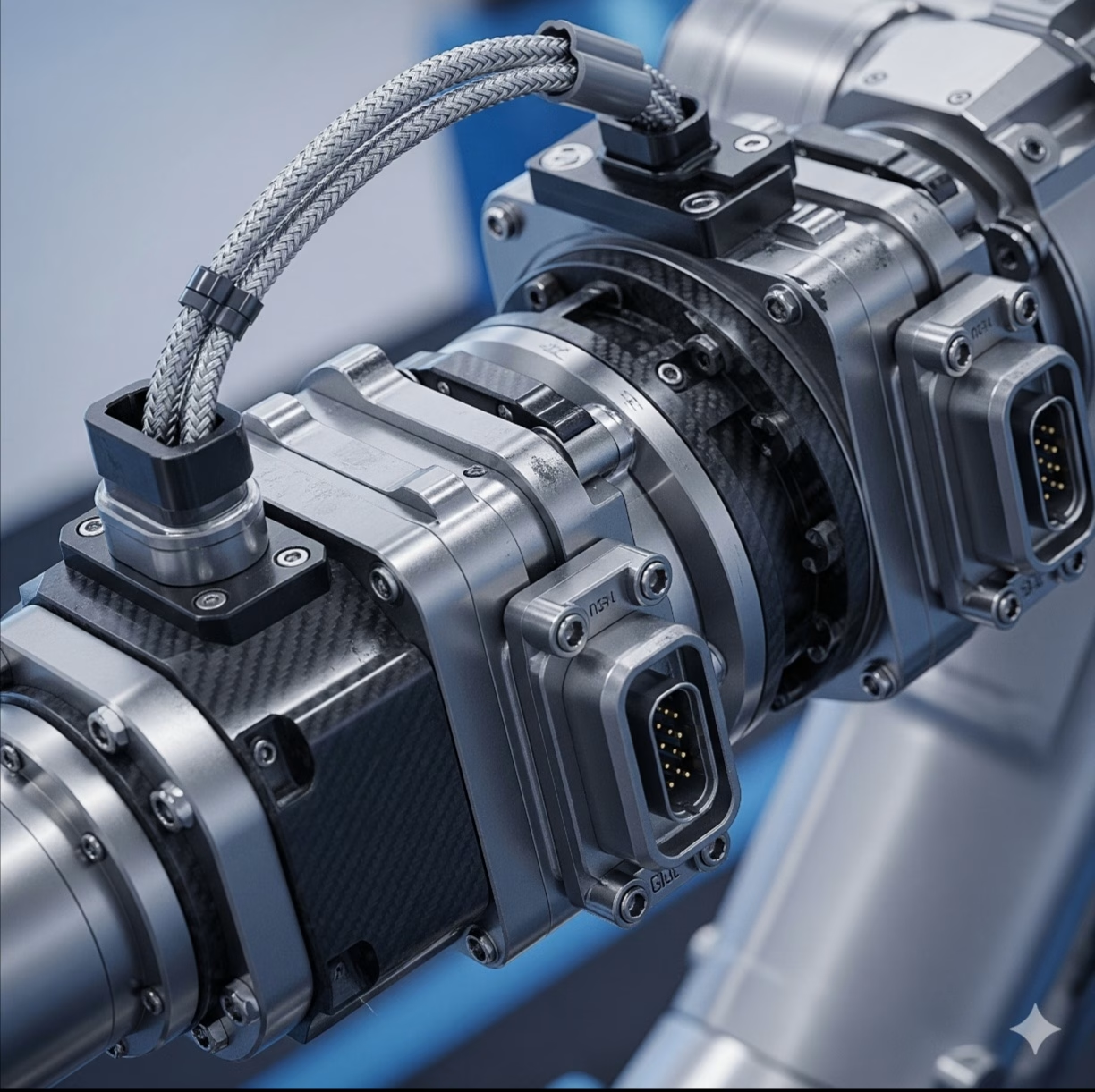“The Rise of Wearable Robots: When Technology Becomes an Extension of the Human Body”
🌍 Introduction
Imagine putting on a robotic suit that instantly makes you stronger, helps you walk after an injury, or allows workers to lift heavy objects without breaking a sweat. This is no longer science fiction—it’s the reality of wearable robots, also known as exoskeletons. These robotic systems are designed to be worn by humans, enhancing physical abilities, supporting rehabilitation, and transforming industries.
🔹 What Are Wearable Robots?
Wearable robots are mechanical frameworks integrated with sensors, actuators, and AI that attach to the human body. Unlike traditional robots that work independently, wearable robots work in synergy with humans, amplifying their natural movements.
They can:
- Assist people with mobility impairments
- Reduce workplace injuries by supporting heavy lifting
- Enhance endurance for military or rescue missions
🔹 How Do They Work?
Wearable robots combine cutting-edge biomechanics, robotics, and AI.
- Sensors – Detect the user’s motion or intention (e.g., muscle signals, joint movement).
- Actuators – Apply force to mimic or enhance muscle power.
- Controllers (AI) – Predict movement, synchronize the robot’s motion with the human body.
- Power Source – Batteries or wireless energy systems that keep the suit running.
This seamless interaction makes movements feel natural, as if the robot were an extension of the body.
🔹 Applications of Wearable Robots
- Healthcare & Rehabilitation 🏥
- Helping stroke or spinal injury patients walk again
- Physical therapy and muscle strengthening
- Improving independence for elderly people
- Industrial Work & Safety 🏭
- Assisting workers in factories, warehouses, and construction
- Reducing fatigue and preventing back or joint injuries
- Allowing humans to carry loads they normally couldn’t handle
- Military & Rescue Operations ⚔️
- Soldiers carrying heavy equipment with less effort
- Enhancing speed and endurance in the field
- Helping rescuers save victims in disaster zones
- Everyday Life 👵
- Supporting the elderly in daily mobility
- Giving people with disabilities freedom of movement
- Potential use in sports and personal fitness in the future
🔹 Real-World Examples
- ReWalk – A robotic exoskeleton that enables paraplegic patients to walk again.
- HAL (Hybrid Assistive Limb) – A Japanese innovation that reads bioelectric signals from muscles.
- Ekso Bionics – Used in rehabilitation centers worldwide.
- Sarcos Guardian XO – A full-body industrial exoskeleton for lifting heavy loads.
🔹 Benefits
✔️ Restores mobility and independence
✔️ Prevents workplace injuries
✔️ Enhances human strength and endurance
✔️ Opens new possibilities in medicine, industry, and defense
🔹 Challenges Ahead
- Cost – Advanced suits can cost tens of thousands of dollars.
- Power – Battery life is still limited.
- Comfort – Long-term wear can be physically demanding.
- Ethics – Military use raises moral questions.
🔮 The Future of Wearable Robots
In the coming years, wearable robots are expected to become lighter, smarter, and more affordable. With advances in AI, biomechanics, and battery technology, they may become as common as smartphones—empowering people not only in hospitals and factories but in daily life.
Wearable robots are more than machines; they are a bridge between biology and technology, symbolizing a future where humans and robots truly move as one.
⚔️Soldiers of the Future: How Wearable Robots Are Redefining Modern Warfare
🌍 Introduction
For centuries, military forces have sought ways to enhance a soldier’s strength, endurance, and resilience on the battlefield. Today, wearable robots (exoskeletons) are turning that dream into reality. These advanced robotic suits are designed to augment human capabilities, allowing soldiers to carry heavier loads, move faster, and endure longer without fatigue. The battlefield is no longer just about weapons—it’s about technology that fuses man and machine.
🔹 What Are Military Exoskeletons?
Military exoskeletons are wearable robotic frameworks powered by sensors, actuators, and artificial intelligence. Worn over the body, they:
- Support the musculoskeletal system
- Enhance strength and endurance
- Reduce injury risks during heavy tasks
- Allow seamless human-robot cooperation in combat scenarios
🔹 Key Military Applications
- Load Carrying & Endurance
- Soldiers often carry 30–50 kg of equipment. Exoskeletons reduce strain, allowing them to move faster and fight longer.
- Combat Efficiency
- Enhanced mobility makes it easier to run, crouch, or climb under combat conditions.
- Weapons and gear can be carried more efficiently.
- Injury Prevention
- Reduces spinal and joint injuries caused by prolonged heavy lifting.
- Supports soldiers in extreme terrains (mountains, deserts, urban battlefields).
- Rescue & Logistics
- Soldiers can evacuate wounded comrades more quickly.
- Heavy supplies (ammo, food, medical gear) can be transported with less effort.
🔹 Current Real-World Military Projects
- TALOS (Tactical Assault Light Operator Suit, USA) – Often called the “Iron Man suit,” designed for U.S. Special Forces.
- Onyx by Lockheed Martin – A powered lower-body exoskeleton that enhances leg strength and endurance.
- Daewoo Exoskeleton (South Korea) – Tested for load carrying and shipyard applications, with military potential.
- China’s Military Exoskeletons – Reported use in logistics and mountainous regions for heavy-load transport.
🔹 Benefits on the Battlefield
✔️ Greater stamina during long missions
✔️ Reduced physical injuries
✔️ Enhanced combat readiness
✔️ Faster rescue operations
✔️ Ability to carry heavier and more advanced weaponry
🔹 Challenges and Ethical Concerns
- Power Supply – Batteries remain the weakest link in combat conditions.
- Weight & Comfort – Long-term wear can reduce agility.
- Cost – High development and deployment costs.
- Ethics – Raises questions about the militarization of robotics and the potential “arms race” in robotic warfare.
🔮 The Future of Robotic Soldiers
Military strategists predict that by the 2030s, exoskeletons could be standard gear for elite units. Future developments will likely integrate:
- AI-driven decision support
- Augmented reality helmets
- Smart biomonitoring (heart rate, fatigue detection)
- Lightweight, energy-efficient materials
The vision is clear: soldiers equipped with wearable robots will be faster, stronger, and more resilient—blurring the line between human and machine on the battlefield.
✨ Do you think wearable robots in the military will make wars safer for soldiers, or could they escalate conflicts?
💬 Share your thoughts below and join the discussion on our website!









